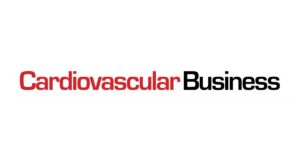CABG, TAVR drive hospital revenue despite cost variations
Editor's Note
Coronary artery bypass graft (CABG) surgery and transcatheter aortic valve replacement (TAVR) generate the highest overall financial returns for US hospitals, despite not being the most profitable per procedure, according to a February 13 report in Cardiovascular Business.
The article covers an analysis of Medicare data, published in American Heart Journal, that found that the sheer volume of CABG and TAVR procedures makes them the biggest financial drivers even though heart transplants and left ventricular assist device (LVAD) implantations yield higher per-case margins. Despite their lower per-procedure profitability, CABG and TAVR dominate overall hospital revenue because of their frequency. The study estimated that CABG alone contributed nearly $1.5 billion in total financial gain for hospitals, while TAVR generated more than $900 million.
For the analysis, researchers at the University of Pennsylvania’s Perelman School of Medicine analyzed inpatient Medicare claims from 2016 to 2019 for patients aged 65 and older, Cardiovascular Business reports. The researchers examined costs, revenue, and contribution margins—the profit hospitals retain after covering costs—across various interventional and surgical cardiac procedures. The study found that financial margins vary significantly between hospitals, but CABG and TAVR consistently accounted for the highest total financial gains.
According to the article, heart transplants had the highest median contribution margin at $107,000 per case, followed by LVAD implantation ($47,000), surgical mitral valve replacement or repair ($14,000), surgical aortic valve replacement (SAVR) ($11,000), and CABG ($10,000). Among interventional procedures, TAVR had a median margin of $8,000, while transcatheter mitral valve repair generated $5,000 per case.
The findings come amid rising national spending on cardiovascular care, which increased by more than $100 billion from 1996 to 2016, Cardiovascular Business reports. As Medicare remains the primary payer for these procedures, reimbursement policies continue to evolve under budget neutrality rules. The authors emphasized the need for further research into how financial margins vary across different payers and how reimbursement structures affect technology adoption in resource-limited and rural hospitals. They also highlighted concerns about potential inequities in access to advanced cardiovascular procedures among marginalized populations.
Read More >>

 Free Daily News
Free Daily News